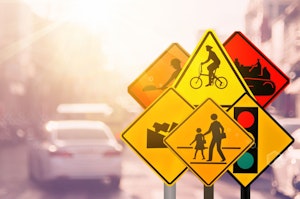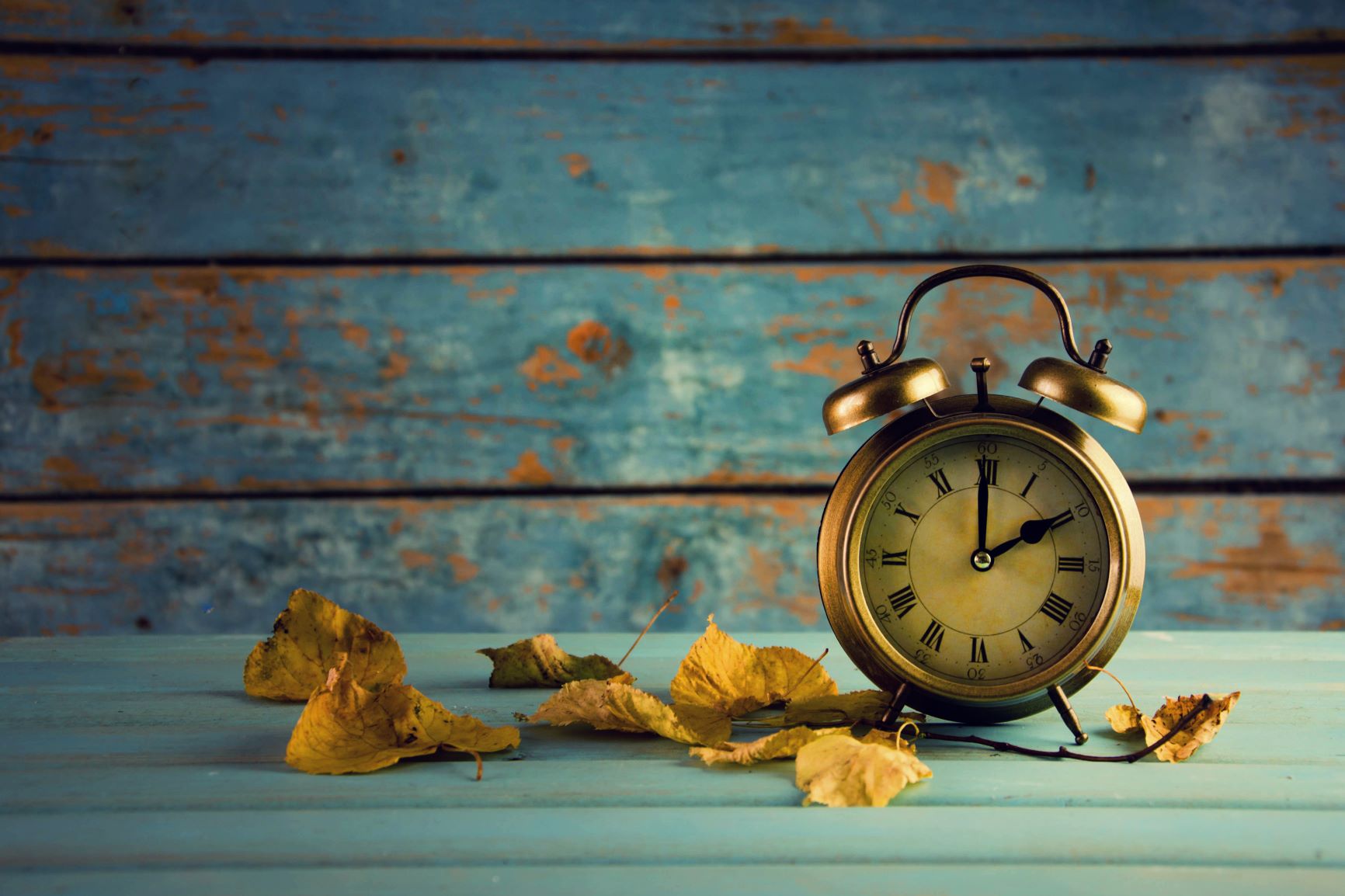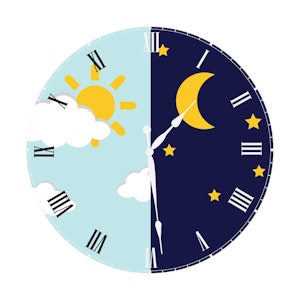Regardless of your feelings about Daylight Saving Time, it takes place twice a year – and has ever since Congress passed the Uniform Time Act in 1966. You can thank the federal government for giving you an extra hour in the fall (this past weekend, you’re welcome) and then taking it back in the spring (you’re welcome again).
While that is a net gain or loss of zero, mathematically speaking, your body might tell a different story. That little one-hour shift in either direction disrupts the body’s circadian rhythm affecting the amount and quality of sleep that can have some serious impact on our lives.
Heart attacks
A number of studies around the world have found that the occurrence of heart attacks increases around the time of the time change in the spring while it decreases when we gain an hour in the fall.
The New England Journal of Medicine published an article on the findings of a Swedish study in 2008, stating that heart attacks “significantly increased for the first three weekdays after the transition to daylight saving time in the spring” and after the transition out of daylight saving time in the autumn, only the first weekday was affected significantly.”
Changes in the circadian rhythm trigger hormonal changes that increase the risk of heart attack or stroke in people who have heart disease.
Workplace injuries
For people whose work in settings or perform tasks that inherently run higher risk of injury (i.e., not the cushy office job), research shows that these workers experience increased frequency and severity of work-related injuries when daylight saving time begins in the spring.
A 2009 study concluded that mine workers arrived at work with an average of 40 minutes less sleep and had 5.7% more injuries on the job during the week immediately following the spring time change than during any other time of the year. Researchers attributed the increased injuries to lack of sleep.
Road safety
When the body’s clock is disrupted and sleep patterns change, the ability to stay alert is altered. Unfortunately, that can result in greater risk of car accidents and traffic-related fatalities. On the brighter side, there’s evidence that daylight saving time improves road safety. Studies have shown that more light early in the day and into the evening (during spring daylight saving time) provides more visibility, resulting in a reduction of pedestrian fatalities by 13% during dawn and dusk hours.
Out of Rhythm
Just in case you still haven’t quite grasped the importance of the circadian rhythm, here are just a few other things that can happen when we throw our bodies out of rhythm:
- Chronic pain, particularly cluster headaches
- Mood swings that cause conflicts in relationships at work and home
- Hunger levels shift and trigger cravings or appetite loss
Sleep Solution
While there are some people who’ve lobbied to get rid of Daylight Saving Time, it isn’t going away anytime soon. The best solution is to adjust your activities in the short period of time before and after the time changes so that you get the sleep you need and minimize the negative effects on your body. Check out these great tips to adjust to the fall time change from our friends at the Better Sleep Council.

